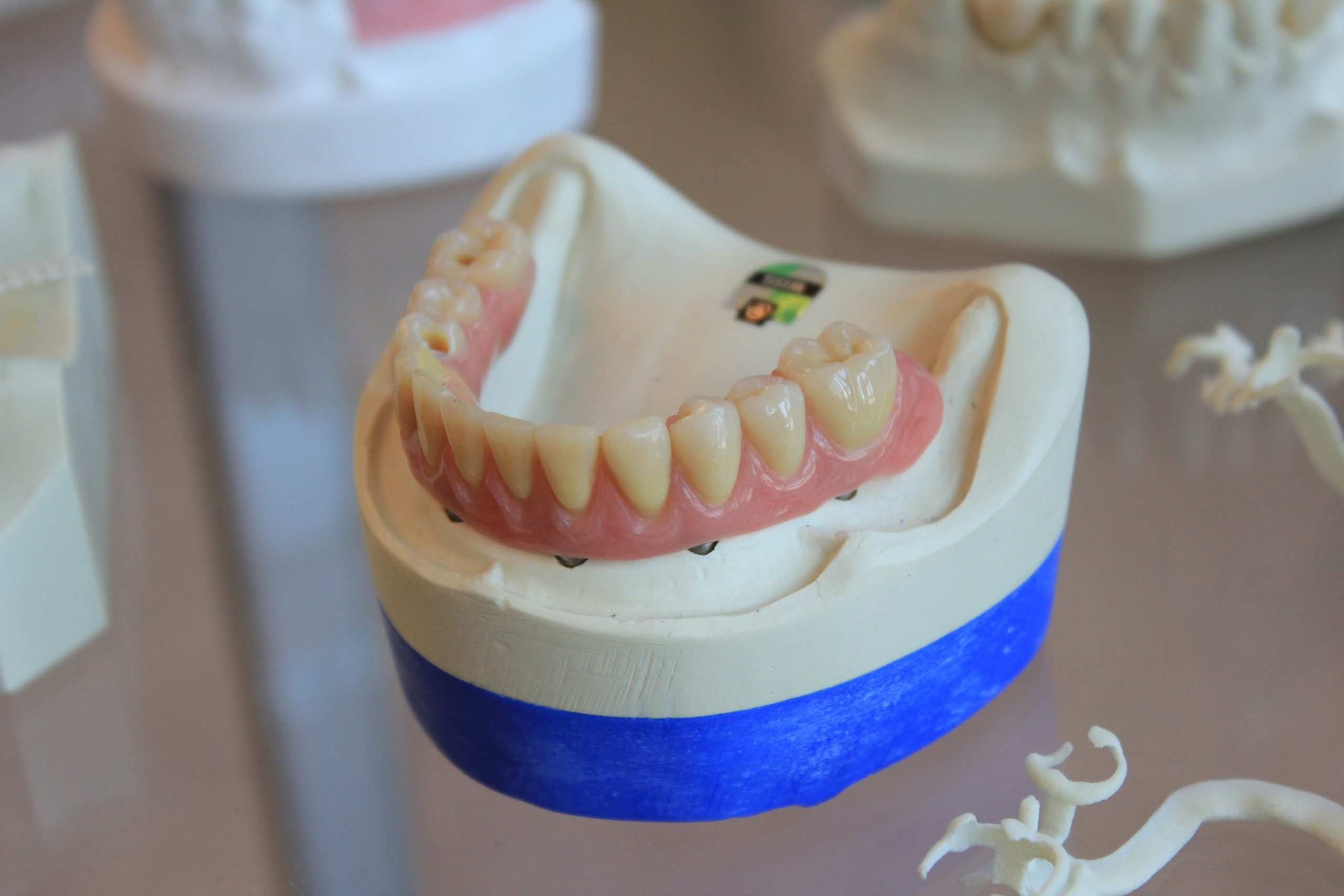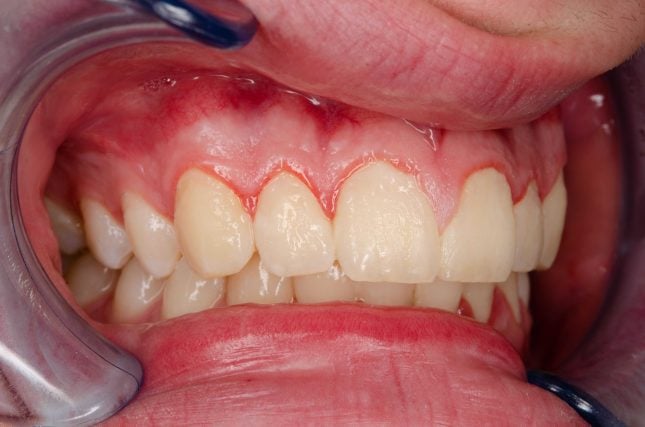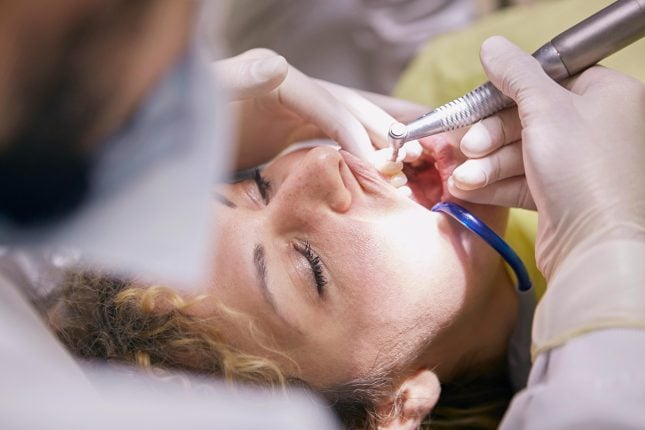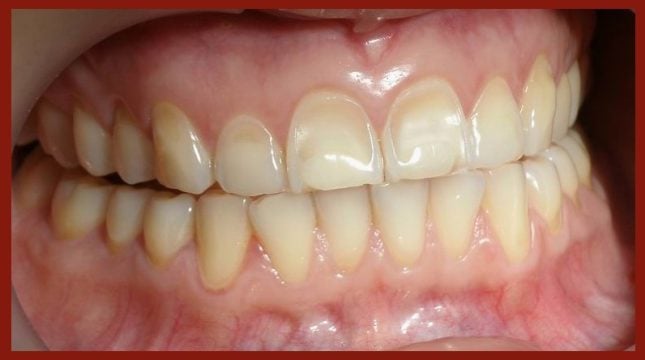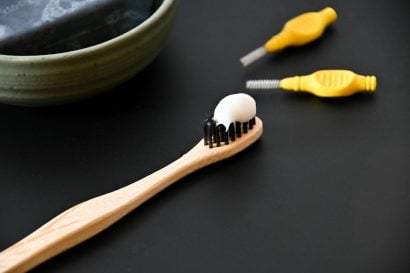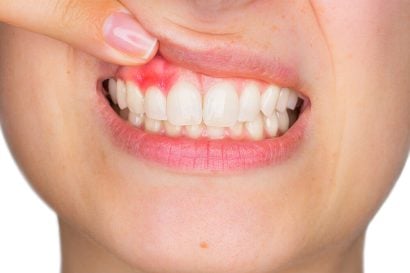Dental plaque may be invisible at first—but left unchecked, it can cause real damage. In Bangkok, where heat, diet, and lifestyle can accelerate plaque formation, professional cleanings are a game-changer. At The Smile Bar, we offer modern, spa-like care that removes buildup, brightens your smile, and protects your long-term oral health.
What is Dental Plaque ?
Dental plaque is a soft, sticky film made up of bacteria, food particles, and saliva that constantly forms on the surfaces of your teeth. If not removed through daily brushing and flossing, plaque can harden into tartar and contribute to tooth decay, gum disease, and persistent bad breath.
In Bangkok, many people choose professional cleanings to ensure plaque is thoroughly removed, leaving teeth smoother, healthier, and visibly brighter. Modern clinics offer comfortable treatments that help control plaque buildup and protect your oral health long-term.
Dental Plaque: The Hidden Film on Your Teeth
Dental plaque is a sticky film of bacteria that forms on your teeth every day. This film, called plaque, develops when bacteria in your mouth combine with food particles and saliva. Though plaque is colorless at first, it quickly traps pigments and can create noticeable discoloration over time.
If plaque isn’t removed by brushing and flossing, it begins to harden. This process, known as dental plaque formation, can occur within a matter of days, eventually turning soft plaque into tartar.
What is Dental Biofilm?
In dentistry, plaque is often described as a dental biofilm. This term refers to the organized layer of bacteria adhering to tooth surfaces. A film of bacteria like this constantly forms on your enamel, even if you brush and floss.
Bacterial plaque develops in multiple stages, beginning as a thin, nearly invisible layer and eventually becoming thick enough to be seen and felt. Because plaque contains bacteria, it requires thorough cleaning to protect your teeth.
Tooth Plaque and Its Effects on Oral Health
Tooth plaque contains bacteria that produce acids. These acids can weaken enamel, leading to tooth decay and gum disease. Over time, plaque accumulates along the gum line, causing inflammation and increasing the risk of plaque and gingivitis.
When plaque builds up, it also creates a rough surface that attracts more deposits. This is why plaque buildup is considered a key factor in many serious dental problems, including dental caries and periodontal disease.
How Plaque Turns Into Tartar?
Plaque is soft at first, but without daily removal, minerals in saliva cause it to harden and turn into tartar. Once hardened, tartar can only be removed by a dental professional.
Unlike plaque, tartar is porous and rough, which means it traps more stains and bacteria. This cycle contributes to bad breath, persistent discoloration, and gum irritation.
How Plaque Can Affect Your Gums?
When plaque on your teeth remains for too long, it irritates the gums, causing redness and swelling. Early-stage plaque and gingivitis can progress to more advanced gum disease if left untreated.
Daily care and regular dental visits are the best way to prevent these problems. Over time, consistent cleaning helps keep plaque from hardening into calculus and protects the health of your gums.
How Dental Plaque Affects Your Overall Health?
Although plaque mainly affects the teeth and gums, researchers have studied its link to other health conditions. If plaque on your teeth is not controlled, the bacteria can enter the bloodstream through inflamed gums.
This process has been associated with an increased risk of cardiovascular diseases, such as heart attack and stroke. Some studies also suggest that chronic dental plaque formation may contribute to respiratory infections and complications for people with diabetes.
While more research is needed, these findings highlight why good dental hygiene is not only important for your mouth but also for your general health.
Plaque Buildup and Tooth Discoloration
Over time, plaque buildup creates a dull coating that masks the natural brightness of your enamel. This is why many people experience yellowish or uneven color despite good brushing habits.
Plaque can also trap pigments from foods and drinks, leading to staining that regular toothpaste won’t remove. When you remove dental plaque during a professional cleaning, you often see immediate improvement in how your teeth look and feel.
The Role of Dental Hygiene in Prevention
Maintaining good dental hygiene is the most effective way to control plaque. To keep your mouth healthy, you should:
- Brush your teeth at least twice a day using a high quality toothpaste.
- Floss daily or use dental floss to remove deposits between teeth.
- Rinse with antibacterial mouthwash to reduce bacteria in plaque.
The American Dental Association recommends replacing your toothbrush regularly and making sure to brush and floss your teeth carefully, especially along the gum line where plaque tends to build up.
Tips to Prevent Plaque Accumulation
To limit plaque formation and reduce the risk of tartar, try these simple habits:
- Brush and floss your teeth twice a day for at least two minutes.
- Limit sugary snacks that feed bacteria on your teeth.
- Use a soft-bristled brush to clean along the gum line where plaque forms.
- Schedule regular dental cleanings for a professional assessment.
These practices help protect your teeth and support lasting oral health.
How Regular Dental Visits Help Protect Your Teeth
Even with excellent home care, some plaque remains on your teeth and hardens. A dentist or hygienist can remove this tartar during regular dental cleanings.
During a dental checkup, professionals assess plaque levels and clean areas that brushing and flossing can’t reach. Having a dental professional polish your enamel helps prevent further accumulation and supports a healthy oral hygiene index.
It’s recommended to visit your dentist regularly, ideally every six months, to monitor your oral health and maintain a clean, smooth tooth surface.
How Dental Plaque Is Removed
While daily care helps, only a dental professional can fully remove hardened plaque. During a cleaning, a dentist or hygienist uses special tools to dislodge tartar.
Newer methods like ultrasonic scaling or Airflow technology make this process more comfortable. Once plaque and tartar are removed, teeth feel smoother and look brighter.
If you’re unsure whether you have buildup, a dental checkup can confirm it and provide guidance on care.
Innovations in Plaque Removal Techniques
Traditional scaling with metal instruments has been the standard for decades, but modern clinics now use innovative methods to make cleaning more comfortable and effective.
Ultrasonic scalers use high-frequency vibrations to dislodge plaque and tartar while spraying a cooling mist of water to wash away debris.
Air polishing (sometimes called Airflow) combines pressurized air, warm water, and fine powder to remove surface stains and soft deposits. This approach is less abrasive and can be particularly effective for cleaning around orthodontic appliances or implants.
Advanced visualization tools, such as disclosing solutions or LED illumination, help professionals identify areas where plaque accumulates. These technologies ensure that no deposits are missed during the cleaning process.
Common Myths About Plaque and Tartar
Misinformation about plaque is widespread. Here are a few common myths clarified:
Myth 1: If you brush hard enough, you can remove tartar yourself.
Fact: Only soft plaque can be brushed away. Once it hardens into tartar, it requires professional removal.
Myth 2: Plaque only affects people who eat a lot of sugar.
Fact: Even a healthy diet can lead to plaque buildup, as bacteria feed on all carbohydrates, not just sweets.
Myth 3: Mouthwash alone is enough to prevent plaque.
Fact: Rinsing can reduce bacteria but cannot replace brushing and flossing your teeth regularly.
The Science Behind Dental Plaque Formation
Dental plaque formation is a natural but complex process. It begins when a film of bacteria attaches to the surface of your teeth. This film, known as a dental biofilm, forms within hours of brushing and is composed of bacteria, salivary proteins, and food particles.
Over time, the biofilm thickens and matures into structured plaque buildup that becomes harder to remove. The composition of dental plaque changes as bacteria multiply, making it more acidic and damaging. This process contributes to both dental decay and gum disease, especially if plaque is left on your teeth for extended periods.
To interrupt this cycle, brushing and flossing your teeth twice daily is essential. Regular dental cleanings and plaque detection tools used by professionals help catch buildup before it leads to more serious dental problems.
Dental Plaque as a Biofilm: More Than Just a Sticky Film
While many know dental plaque is a sticky film, fewer realize that dental plaque is also a biofilm—a microbial community that protects bacteria and helps them thrive.
This plaque biofilm sticks firmly to your enamel and can’t simply be rinsed away. It acts as a breeding ground for plaque bacteria, which release acids that cause dental erosion, inflammation, and decay and gum disease.
Understanding plaque as a biofilm is key to recognizing why superficial cleaning isn’t enough. Effective plaque control requires mechanical disruption—i.e., brushing, flossing, and professional removal—especially in areas where biofilms tend to accumulate.
How to Prevent Plaque and Maintain Better Oral Health
Preventing plaque starts with daily oral hygiene habits:
- Brush your teeth twice a day, ideally after meals
- Floss your teeth or use interdental brushes to remove debris
- Rinse with an antibacterial mouthwash to reduce biofilm bacteria
- Avoid sugary snacks that produce plaque acids
- Drink water throughout the day to support saliva flow
These practices help keep plaque under control and support oral health. Plaque and tartar can lead to gum inflammation, so prevention is far easier (and cheaper) than treatment.
Regular dental checkups are also essential to monitor plaque levels and detect early signs of dental issues. Everyone has dental plaque, but how you manage it determines your long-term health.
How Dental Professionals Remove Dental Plaque Effectively
To fully remove plaque, especially hardened deposits, professional help is required. During a dental cleaning, a dental hygienist uses specialized tools to clean areas that brushing can’t reach. Techniques include:
- Manual scaling to dislodge plaque and tartar
- Ultrasonic scaling for efficient removal using vibrations and water spray
- Airflow polishing to clean biofilm and surface stains
These methods address dental plaque accumulation and help maintain a smooth enamel surface that’s less likely to attract new buildup.
If plaque is not removed, it may lead to dental caries and periodontal problems. Scheduling regular dental cleanings is one of the most effective ways to protect your enamel and gum tissue.
When to See a Dental Professional
It’s sometimes difficult to know when plaque has hardened. Here are signs that you should schedule a dental checkup:
- You feel rough spots on your teeth that don’t go away after brushing.
- Gums look red, swollen, or bleed easily.
- You notice persistent bad breath.
- Teeth appear yellow or stained near the gum line.
A dentist or hygienist can remove tartar safely and help restore a clean surface.
Ready to take control of your oral health?
Don’t let plaque buildup affect your smile or well-being.
At The Smile Bar Bangkok, our expert team provides gentle and thorough cleanings that help protect your teeth, prevent gum disease, and leave your smile looking brighter and feeling fresher.
Book your next dental cleaning today and experience professional care in a modern, comfortable setting—because your smile deserves the best.
Conclusion – TL;DR
Dental plaque is a sticky film of bacteria that forms daily on your teeth. Left untreated, it hardens into tartar and can lead to tooth decay, gum disease, and bad breath. Daily brushing, flossing, and regular cleanings at The Smile Bar Bangkok are essential to remove plaque, protect your enamel, and keep your smile fresh and healthy.
Frequently Asked Questions
Does dental plaque cause bad breath?
- Yes, plaque harbors bacteria that produce foul-smelling sulfur compounds, which are a common cause of chronic bad breath.
Can dental plaque be removed at home?
- You can remove fresh plaque by brushing twice daily and flossing, but hardened tartar needs professional removal by a dentist or hygienist.
How does dental plaque cause caries?
- The bacteria in plaque feed on carbohydrates and release acids that gradually erode tooth enamel, leading to cavities over time.
Does dental plaque lead to heart disease?
- Studies have linked untreated plaque and gum inflammation to an increased risk of cardiovascular conditions, as bacteria can enter the bloodstream.
What does plaque on teeth look like?
- Early plaque is nearly invisible or creamy white, but as it matures or hardens into tartar, it often looks yellow or brown, especially along the gum line.
Why does dental plaque form?
- Plaque forms naturally when bacteria combine with saliva and food debris to create a biofilm on your teeth, especially if oral hygiene is inconsistent.
Can dental plaque cause pain?
- While soft plaque itself doesn’t hurt, it can trigger gum inflammation and decay, which may eventually cause discomfort or pain if left untreated.
